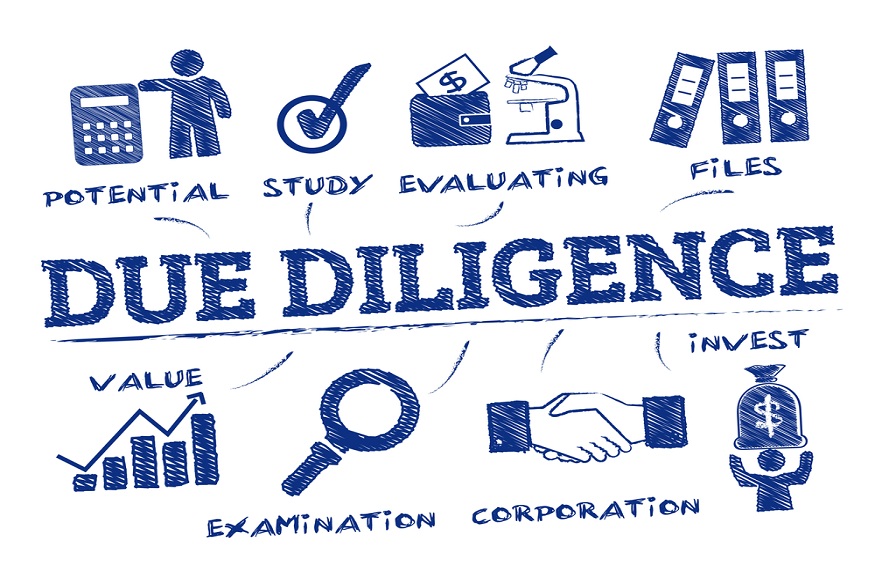Due diligence is the process of scrutinizing a company’s operations for the purposes of deciding whether or not to invest in it. Individual investors pursue due diligence before taking on new projects. Private equity firms engage in it before investing in startups. Even established companies practice due diligence before moving forward with mergers and acquisitions.
The interesting thing about due diligence is that it does not rest exclusively on finances. Yes, part of due diligence involves looking at the balance sheet. But there isa lengthy list of intangibles considered separate and distinct from financials.
Mezy is a Springfield, Utah company that provides diligence as a service (DaaS). The Mezy staff research companies, analyzes the data they collect, and presenttheir findings in comprehensive reports clients use to determine how to proceed. They say that, among all the intangibles, the top six are most important.
1. Business Model
The business model is the foundation of a company’s long-term existence. Investors want to know if a target’s business model is sound. They want to know that it lines up with the company’s business plan and mission statement. Otherwise, trouble could lie ahead.
A target’s business model doesn’t have to be perfect. It also doesn’t have to be static. Some of the best investments are made in companies with flexible business models capable of adapting for decades. But again, that is all something investors hope to learn through due diligence.
2. Day-To-Day Operations
The next intangible is how a target is operated from day-to-day. Due diligence looks into personnel and practices. It looks at how tasks are assigned and accomplished, how targets and objectives are determined, and how productivity is measured. All resources, tasks, and processes dedicated to day-to-day operations are subject to scrutiny.
3. Customer Relationships
Customer relationships represent one intangible that can be difficult to quantify. A lot of it depends on whether the target is a business-to-consumer (B2C) or business-to-business (B2B) enterprise. In terms of the former, analysts can look at things like online reviews and social media posts to determine whether or not customers are satisfied.
In the B2B realm, understanding customer relationships is difficult. Analysts have to rely heavily on what the target company relates combined with what customers may or may not be willing to share. In some cases, there may be external reports that offer essential information.
4. Vendor Relationships
Every successful enterprise relies on vendors. It is important that due diligence look at vendor relationships so that investors know what they’re getting into. In a best-case scenario, vendors are willing to share critical information that could affect an investor’s decision.
5. Competitive Edge
Next up is the target’s competitive edge. Competitive edge includes not only the target’s current market share, but also how the target competes in the marketplace. Is there something about the target that makes it better than the competition? Is there a product or service the target offers that makes it unique? If a company doesn’t have a recognizable competitive edge, investors at least want to see a path toward creating it.
6. Company Workforce
Last but not least is the target’s workforce. Due diligence looks at its size in relation to productivity. It also examines skill sets and talent compared to what future needs might require. A target without a solid workforce represents potential trouble if things cannot be changed within a reasonable amount of time.
The six intangibles discussed in this post are an important part of due diligence. There are others, but they form the basis of determining whether or not a good valuation report is worth moving on.

